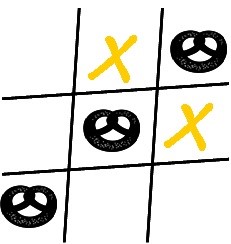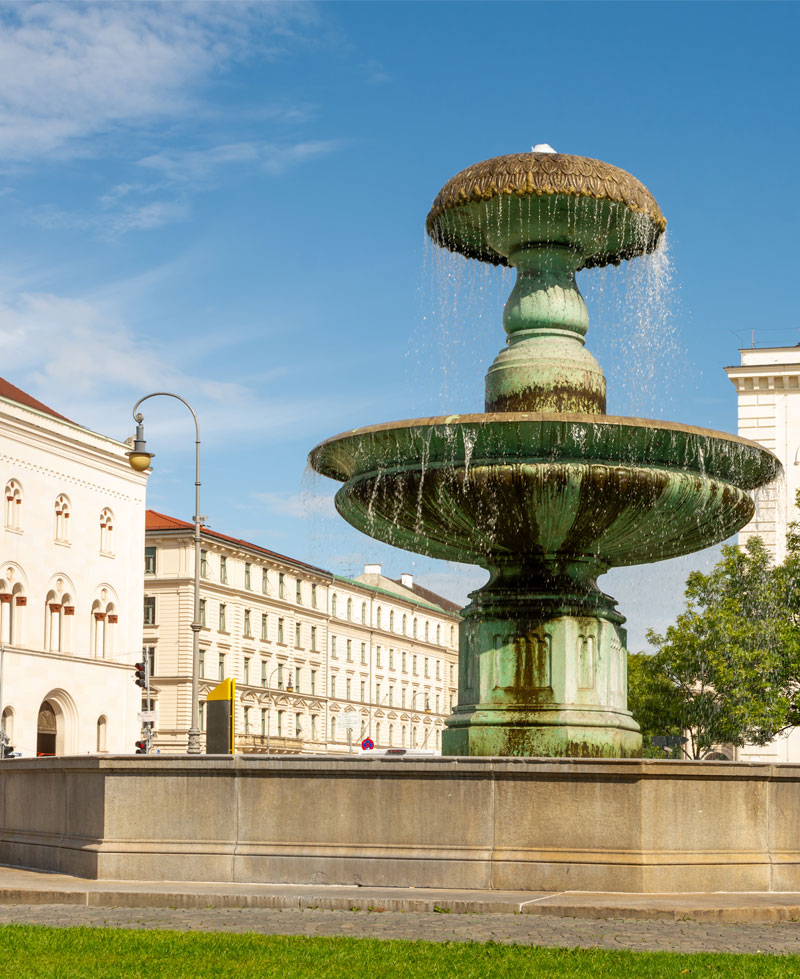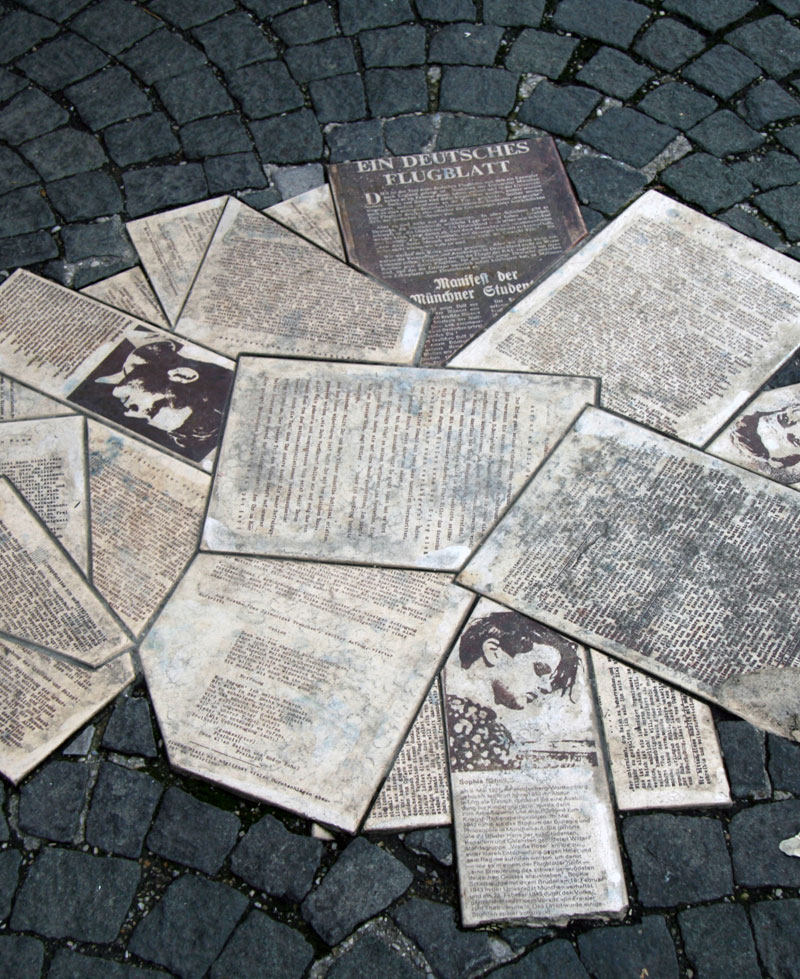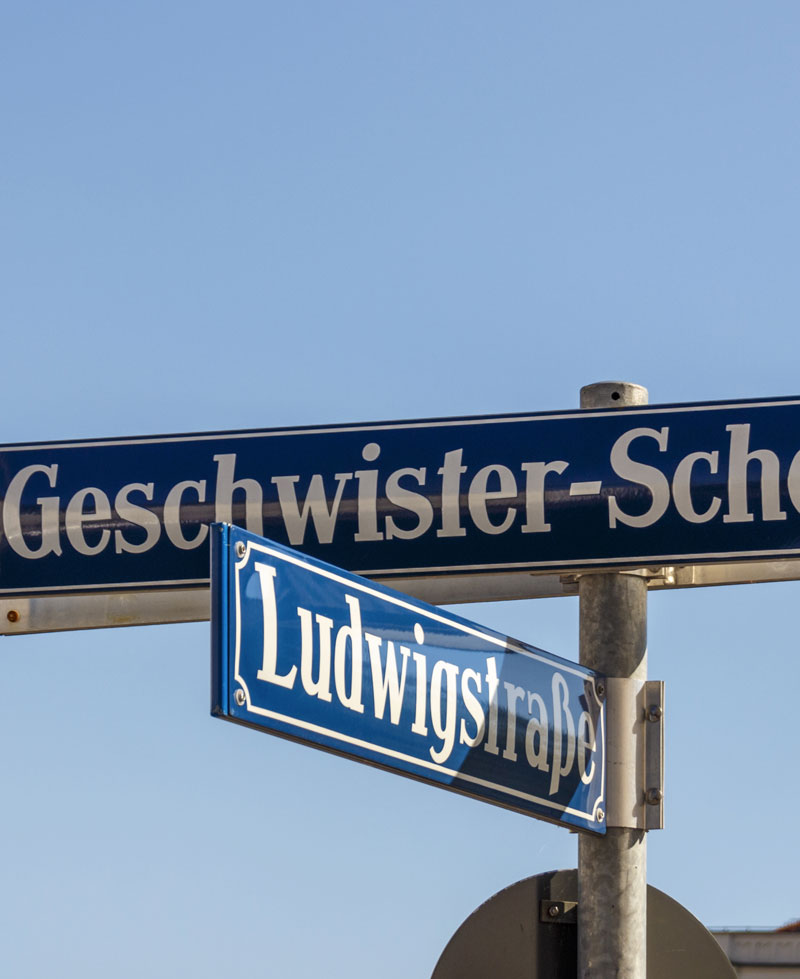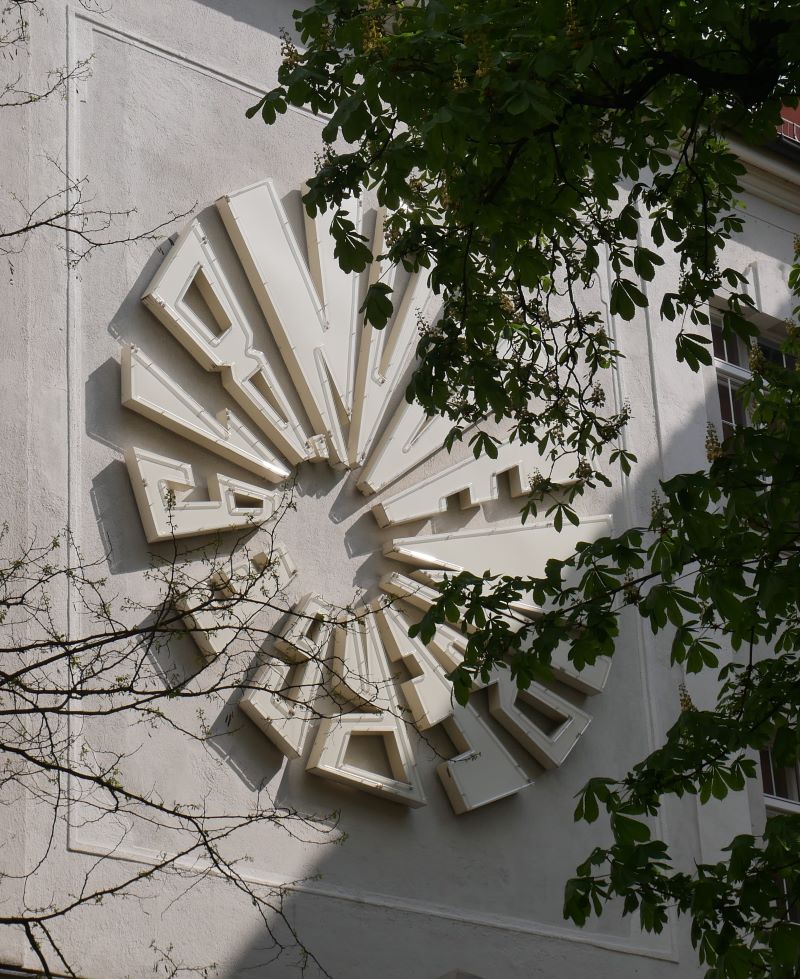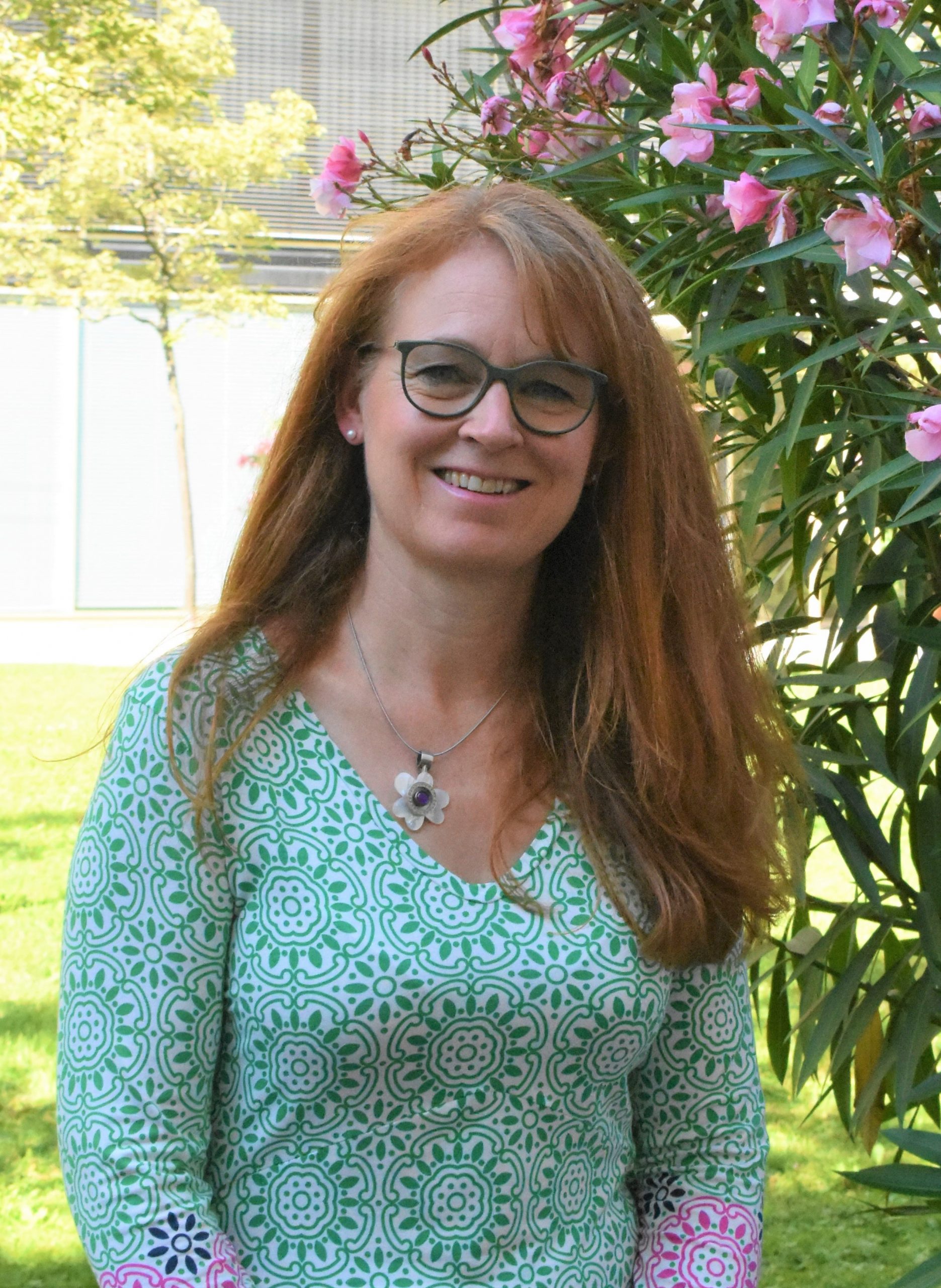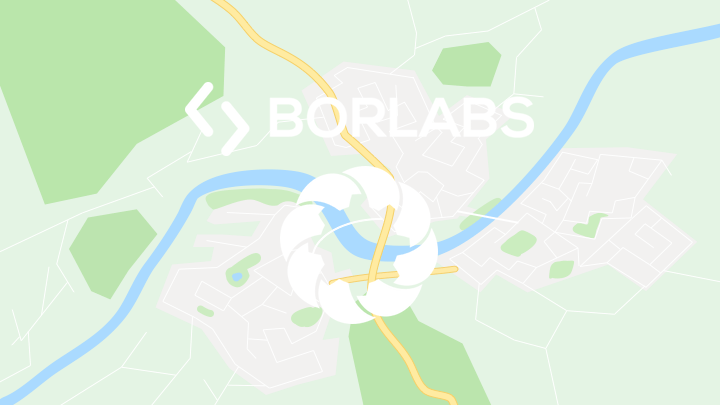ON THE STRAIGHT PATH
MUNICH IN RESISTANCE
| Discover Munich's historic and impressive places and buildings, which, as silent witnesses to the past, can tell us much about the fate of the opponents of National Socialism. | |
 |
On our walk between Odeonsplatz and Schwabing, pay tribute to the people who fought against oppression, arbitrary rule and terror during the rise and rule of the National Socialists. |
| Learn how the Nazi regime dealt with its opponents, whether they were ordinary citizens of Munich, intellectuals, artists, journalists, or politicians. |
Impressions
Description:
The subject of this tour is, of course, the great names of the Munich resistance movement, such as the "White Rose," whose leaflets against the Nazi terror regime and for freedom floated to the ground in the university's atrium; or Georg Elser, who attempted to stop Adolf Hitler and the Nazi leadership in 1939 with a bomb attack in the Bürgerbräukeller. Along the way, however, we will also meet personalities who are less present in the public culture of remembrance, even though they too bravely and courageously opposed the Nazi regime at the time. They often acted out of very different motives, which we will examine in more detail in the context of Nazi ideology. At selected memorial sites, we will also see that Munich struggled with its Nazi legacy for a long time, and that appropriate remembrance of the victims often only became possible far too late. Read more
Long before Munich was awarded the so-called honorary title of "Capital of the Movement," forward-thinking people in Munich had recognized the danger of National Socialism and courageously opposed the new movement. Thus, we owe the thwarting of the Hitler Putsch of 1923 to a Bavarian politician, whom I would like to introduce to you on our walk. The journalist Fritz Gerlich also anticipated the disenfranchisement of broad sections of the population, something he fought against early on in his magazine "Der gerade Weg." As early as 1934, he was deported to the Dachau concentration camp, where he was executed for his resistance.
Artists and writers also fought the Nazi regime in their own unique ways; the best place to talk about this is at the Haus der Kunst, opened in 1938 as the "House of German Art," or at the State Library. Right next door today we find the Walter Klingenbeck Way, which commemorates the fate of a courageous and, unfortunately, reckless youth, a subject that students in particular enjoy exploring.
In front of the university, we are confronted with the ideals of the "White Rose" in a very concrete way, as an art installation commemorates its influence in intellectual student circles. There, we also have the opportunity to explore the group's lesser-known members and explore why, unlike many other resistance groups, the student group quickly became firmly established in public memory after the war.
Resistance even came from military circles, albeit only shortly before the fall of the regime. The resistance group "Freiheitsaktion Bayern" campaigned for a peaceful surrender of Munich to the Allies. The members executed for this at the end of April 1945 in what is now the Ministry of Agriculture continue to live prominently in the name of the popular "Münchner Freiheit" (Munich Freedom) – you just have to know!
The most important things in brief:
Meeting point:
Odeonsplatz in front of the Feldherrnhalle
public transport:
Odeonsplatz station, U4/U5 or U3/U6
Duration:
Can be booked as a 2- or 3-hour tour, also with a short break at the Eisbach surfers
Distance:
approx. 2-3 km

Every year, my four colleagues and I take a trip related to World War II history. Together we've been to Berlin, Normandy, and St. Petersburg. This year, our trip was to Munich, and we had the pleasure of taking the tour on the topic of 'Munich during the Nazi era / Resistance' with Ms. Grit Ranft.
We were impressed by the tour. Ms. Ranft was competent, knowledgeable, varied, and engaging, bringing the past to life for us. The background information she provided was thought-provoking and led to interesting conversations. The tour was a special highlight of our stay.
With special thanks to Mrs Grit Ranft, I send you my kind regards
Martin C. Zumstein, Ueken, Switzerland, about Munich Tourism in June 2015
My tips for before and after our tour:
After this demanding tour, the students in particular deserve a change of pace – why not simply take the subway from Schwabing to the Olympic grounds, where you can unwind? Of course, not without first stopping for a bite to eat in one of the many student bars around the university. A stroll through the English Garden to the beer garden at the Chinese Tower is also an alternative in summer! If you're out and about in the evening, it's a good idea to reserve a table at the famous "Alter Simpl" pub. Directly across the street, you can see Silke Wagner's light installation "November 8, 1939," which commemorates Georg Elser and his assassination attempt, every day at 9:20 p.m.
Frequently asked questions:
Can this tour be combined with the “Capital of the Movement” tour?
Can you see other sights in Munich on this route?
Of course! Not only is Odeonsplatz, with its views of the Residenz, Feldherrnhalle, and Theatinerkirche, particularly worth seeing, but the Hofgarten with its arcades, temple, and boules players is also worth a visit. Afterwards, you can continue either through the famous English Garden or along Ludwigstraße with a view of the Siegestor (Victory Gate). And Schwabing is always worth a visit anyway!
Will you pass the Bürgerbräukeller on this tour?
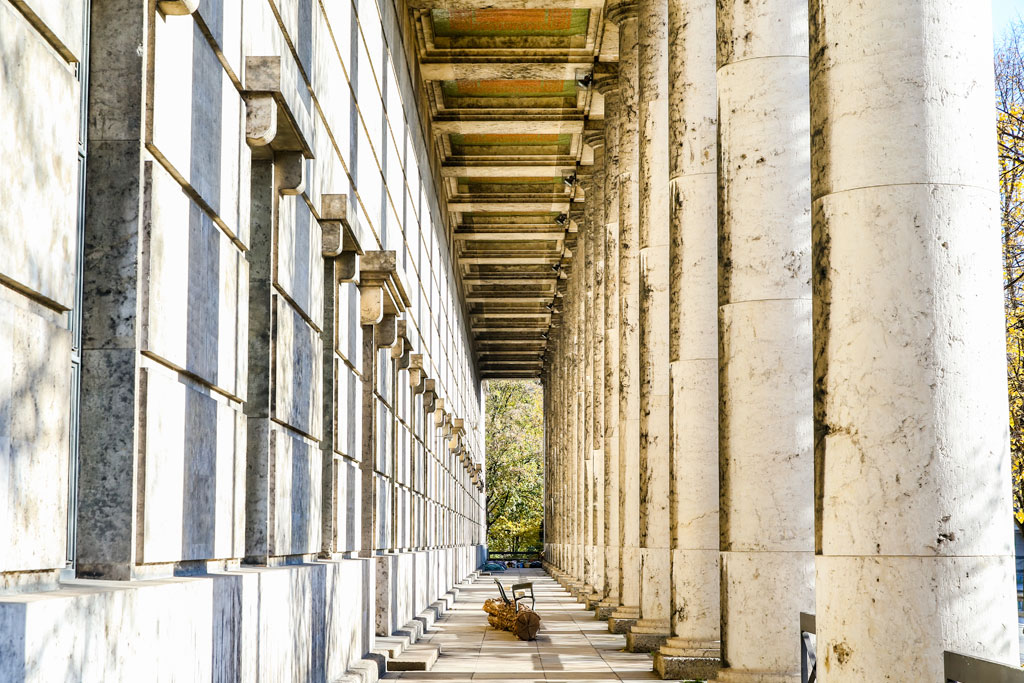
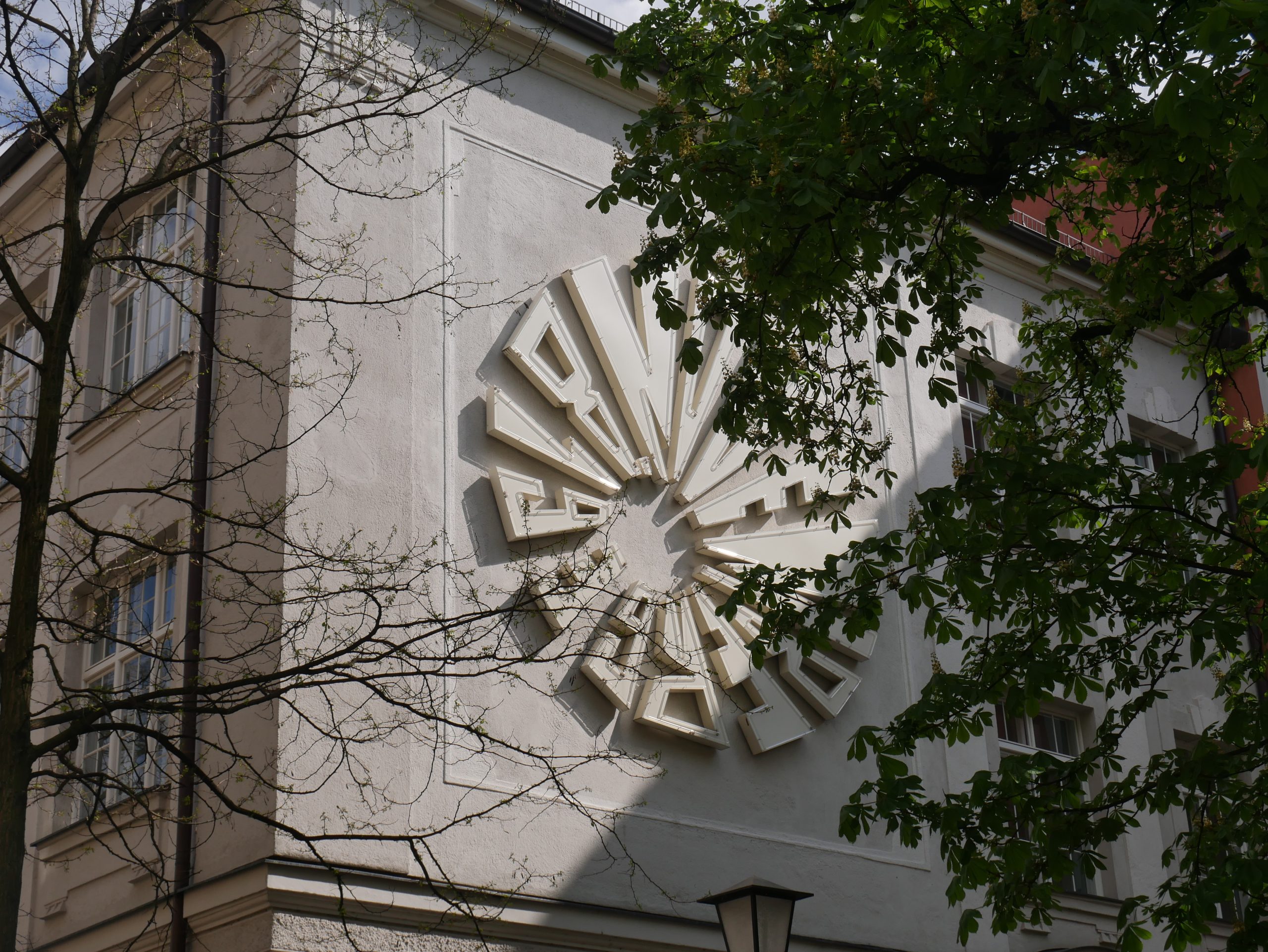
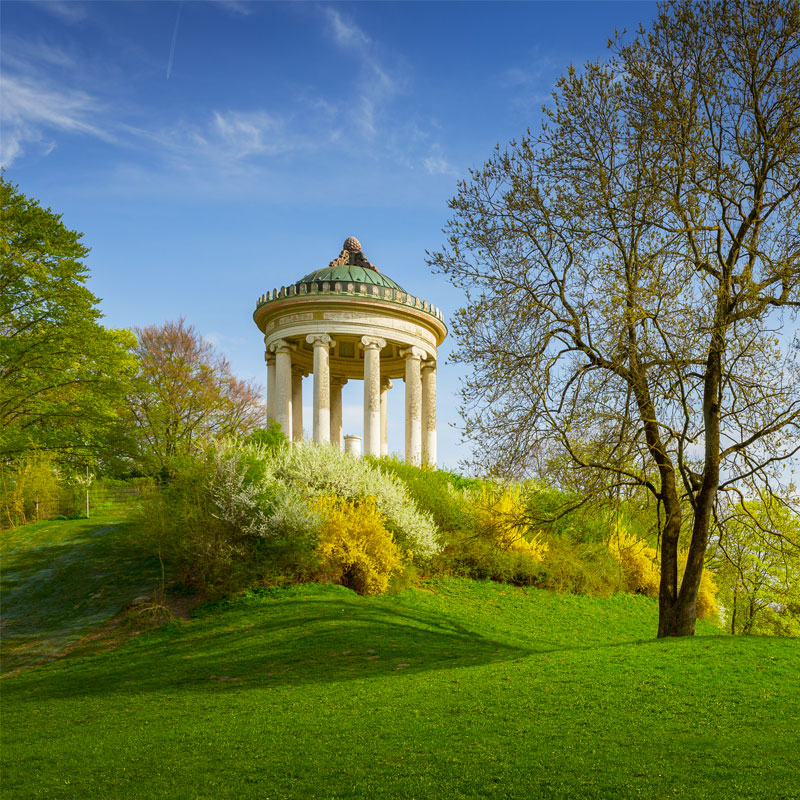
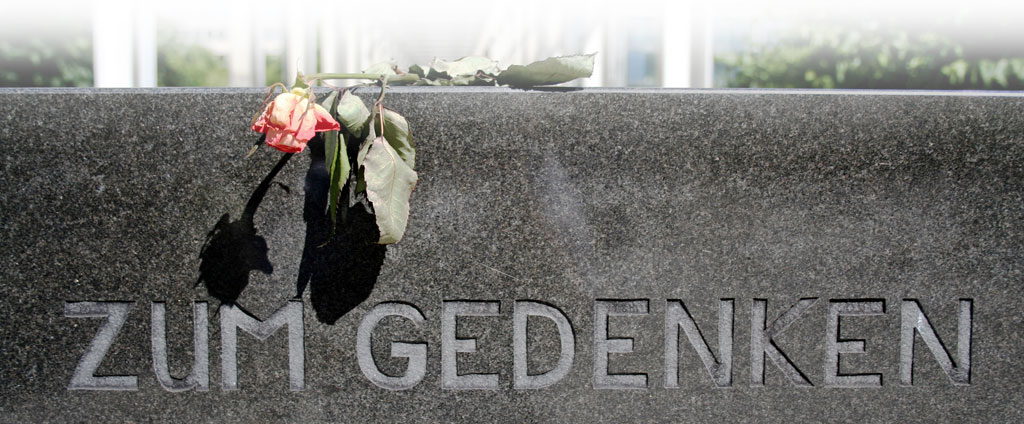
Still questions?
Write to me or just call me:
Grit Ranft
and the Dachau Concentration Camp Memorial
